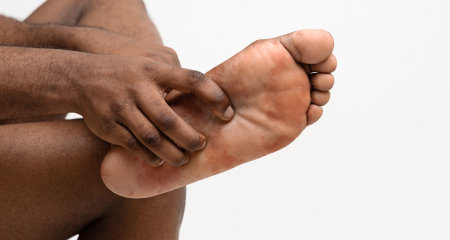
Warts are a common skin condition, especially among school-aged children between the ages of 12 and 16. At Northstar Dermatology in Colleyville, our skilled dermatologists emphasize the importance of professional care. When left untreated, warts often persist for a long time and can spread the virus to others. Learn more about warts and discover a range of effective treatment options when you schedule a consultation with our expert team.
Warts are skin growths that can develop on various parts of the body, particularly on areas like the elbows, hands, knees, and feet. While they’re usually painless, warts can sometimes cause discomfort. These growths are triggered by the human papillomavirus (HPV), which causes the outer skin layer to thicken. Warts are also contagious, making it possible for them to spread between people as well as different areas of the same individual’s body.
Common warts: These typically appear as thick, rough bumps on the hands, elbows, knees, or face. They usually come in gray, brown, or pink hues.
Plantar warts: Found on the soles of the feet, these warts are thick and rough and may resemble calluses. They are often painful, especially in spots that are weightbearing.
Flat warts: Smaller and smoother than other types, flat warts are pink, skin-colored, or light brown and usually appear in clusters.
Filiform warts: Characterized by “finger-like” projections, these warts commonly develop on the face.
Seek medical attention if you notice warts that are painful, bleeding, or located on sensitive areas such as the face or genital region. If your warts begin to spread, consulting with a healthcare provider for treatment is strongly recommended.
There are a variety of treatment methods available for managing warts. However, warts can be challenging to fully eliminate, so persistence is key. Certain approaches involve paring down or carefully scraping off the thickened layers of the wart. Other methods include freezing the spot with liquid nitrogen, applying cantharidin (often called “beetle juice”), using prescription creams such as 5-fluorouracil, imiquimod, or Retin-A, and injecting the wart with agents designed to break down the tissue. In certain cases, multiple treatment sessions or using several different methods in tandem may be necessary.
